Are you considering crate training your Chihuahua but unsure where to start or if it’s even worth it? Look no further! Crate training is an incredibly rewarding process that can offer numerous benefits for both you and your beloved Chihuahua. This ultimate guide to crate training Chihuahua will walk you through the importance of crate training, choosing the right crate, setting up a comfortable environment, and addressing common challenges. Let’s embark on this exciting journey together!
Key Takeaways from this blog
- Crate training is essential for raising a healthy and happy Chihuahua, providing them with increased safety, convenience and security.
- With patience and consistency, pet parents can easily crate train your Chihuahua to become comfortable in their new sanctuary.
- Crate rest can be an effective way to help Chihuahuas heal while seeking advice from a vet provides the best possible care during crate training in the event of any injury.
The Importance of Crate Training for Chihuahuas
Crate training can be an extremely beneficial exercise for Chihuahuas, as it helps with potty instruction and provides extra safety along with convenience when traveling. Establishing a secure atmosphere by providing them a crate in the early stages of their life is suggested to make sure that your pup feels at ease while you are away from home.
In this article we discuss why introducing some form of ‘crate training’ would prove advantageous, especially for your lovable small dog.
Chihuahua Characteristics and Temperament
Crate training a Chihuahua is essential to raise them successfully. It creates an atmosphere of tranquility where they can rest during the day and sleep at night. It also helps instill security within, reducing behaviors like whining or barking.
Crate training will lead to easeful leash walking around other dogs as well as bettering their relationship with other dogs for confident outings on leashes when needed. By introducing crate training into your pup’s life, you are ensuring that their loyalty, charm and independence shine through, but without disregarding stubbornness!
Potty Training
Crate training is an effective complement to potty train a Chihuahua, creating the right environment for him/her to learn appropriate elimination habits. Starting at around 8-12 weeks of age, consistent efforts should be made in order for this approach to work best. The crate will act as a deterrent from doing so inside their cozy space since dogs are less likely to do it that way – keep watch for signs your pet needs a bathroom break such as restlessness, sniffing or circling and take them outside immediately. If not possible, then use potty pads instead.
Safety and Security
When you’re not around or in potentially tense situations, a cage is an ideal way to provide your Chihuahuas with both comfort and reassurance. A dog crated also avert problems such as accidents and destructive conduct by offering a safe area for them and a few toys.
Keeping track of your little canine at home will deter separation anxiety, stave off boredom, and prevent messes. While simultaneously ensuring they have access to water, food and bathroom breaks when needed.
Travel Convenience
Crate training offers a more secure and easier journey for your Chihuahua. Being crate trained can greatly reduce the stress of travel, as they become familiar with their small space, which is comforting to them.
The use of crates boosts safety when traveling with chihuahuas who may be facing health problems. It prevents the risk of injury due to excessive movement while providing a comfortable place during the transit period.
Meet: Norrbottenspets
Choosing the Perfect Crate for Your Chihuahua
Finding the perfect crate for your Chihuahua is a matter of size and type in order to guarantee comfortability and security. You should find one that allows them enough room to stand, move around freely, or curl up comfortably inside while still providing the intimate atmosphere like their own den. Plastic crates as well as wire ones are popular choices among pet owners since they each have benefits for both you and your furry friend respectively.
Size Matters
For the perfect size and feel, purchasing a crate between 18 to 22 inches is ideal for any Chihuahua puppy. This den-like environment helps your pup experience feelings of safety and security as they spend time in their cozy sanctuary away from accidents. If you have an ever-growing young canine companion at home, investing in adjustable divider panels could be beneficial to adjust the space depending on its needs!
Material and Design
When it comes to selecting a suitable crate for your Chihuahua, both hard plastic and wire models offer advantages. Hard plastic crates are cozy, lightweight, easy-to-clean dwellings. They can be pricier with reduced air circulation compared to the more cost effective wire variants which allow ventilation and visibility while being conveniently foldable too. Consider what best meets your pup’s needs before deciding on one type or another as both materials provide great durability and reliability regardless of choice.
Setting Up a Comfortable Crate Environment
Crate training your Chihuahua is a must if you want to create the most productive experience. This requires choosing an area within your home and providing items that contribute to comfort, like toys or bedding materials for their crate. The goal of this crate setup should be guaranteeing they are cozy in their personal safe space, which will give them more assurance during daily activities such as taking naps inside it.
Bedding and Toys
For your Chihuahua, a comfortable crate environment can be easily created with the addition of a soft blanket or pad. To make cleaning and maintenance easier, it is best to pick bedding that can be machine-washed. Placing interactive feeders, chew toys, and comfort items inside the cage helps keep your chihuahua occupied as well as content. One must steer clear from giving them any objects which could lead to choking hazards such as squeaky toys, rope ones & tiny playthings.
Location
It is important to pick the right spot for your Chihuahua’s crate in order to guarantee their comfort and safety. Somewhere close enough that it still allows them to be near family activities, but quiet enough so they can have moments of rest should be chosen. Think a corner of either the living room or dining room! Remember that these spaces must remain at temperatures between 65-75°F (18-24°C). Some owners choose two crates, one for the living area and one for the bedroom or other quiet place
Step-by-Step Guide to Crate Training Your Chihuahua
Once the optimal crate is chosen and a relaxed atmosphere has been created, it’s time to start working on the crate training process step by step. This comprehensive instruction manual can assist you in slowly introducing your Chihuahua puppy to its new residence and as they become more comfortable with their surroundings gradually increase spending time inside of it.
With patience and dedication towards this project, even such tiny dogs like chihuahuas will learn how to accept their habitat quickly.
Introducing the Crate
Provide your Chihuahua with an inviting space by placing the crate in a quiet part of your home. Leave the door open and let them explore on their own. Utilize treats to motivate them, such as throwing one inside for consumption followed up by praising when they enter into get it. Repeating this process will help form positive feelings about being around the cage. Rewarding success. Strengthens these connections between rewards and entering through that now familiar doorway!
Gradually Increasing Crate Time
When your Chihuahua feels comfortable being in the cage, you can gradually increase their time spent inside. Begin with shorter durations and step by step raise it. Make sure to keep an eye on how contented your pet is throughout this process of adaptation.
Adult dogs should not be enclosed for more than 8 hours while puppies that are under 6 months old must not exceed 3-4 hours staying there at once; see table above.
Meet: Neapolitan Mastiff
Addressing Common Crate Training Challenges
Crate training can be quite straightforward, yet there may still be some difficulties. To make sure it’s a positive experience for you and your Chihuahua, managing typical issues like howling or anxiety from being apart is necessary. Patience and persistence are key to overcoming these snags in the process of cage training with success. Ensure you use fitting methods while implementing this type of conditioning so that desirable results will follow suit.
Separation Anxiety
When teaching cage training to a Chihuahua, separation anxiety can sometimes be an issue. It’s important for owners of these dogs to reach out and consult with their vet on the best course of action when this occurs.
Increasing how long your pup spends in its cage gradually and creating a calming atmosphere could help them cope better while learning new things such as suitable habits inside it. Providing familiar scents and objects may also assist during the process, allowing successful completion of training without too much distress or fear from being separated from you.
Barking and Whining
Pet owners can find it difficult to deal with their furry friend’s barking and whining, but these behaviors may be diminished over time by taking a strategic approach. As an example, steadily extending the amount of crying while praising when they stay quiet should help reduce vocalization. Supplying entertainment such as puzzle feeders or playthings is beneficial for keeping your Chihuahua content in its cage and consequently less likely to bark/whine.
Health Considerations for Crate Training Chihuahuas
It’s important to keep health in mind when cage training Chihuahuas, especially those with conditions like IVDD or an older dog. Keeping your pup’s needs front and center while helping them get familiar with the crate is key – be sure to seek out advice from a vet if necessary, as providing the right amount of rest will ensure proper well-being throughout this process. Read more here about crate training an older dog.
IVDD and Crate Rest
Chihuahuas can suffer from IVDD, or Intervertebral Disc Disease, which is a painful and debilitating condition. To help with the healing process, it may be beneficial to give them a cage rest for 6-8 weeks, this provides an environment that promotes healing while protecting your Chihuahua. Speak to your vet about what care plan best suits their individual needs during this time of recovery.
Veterinary Advice
Receiving your vet’s advice is key for effectively and safely crate training a Chihuahua. It also ensures that any health concerns are addressed in the best possible way so your canine companion feels comfortable during this process. Working together with a veterinarian grants you access to their knowledgeable guidance, allowing you to give an optimal level of care as they progress through cage training.
Crate training your Chihuahua is an effective form of house-training and can provide numerous benefits such as reducing separation anxiety, lessening barking or whining and assisting with health issues like IVDD. It usually takes a few weeks to months for successful cage train results to be seen. You may find helpful resources online, in books or from a veterinarian regarding the positives associated with cage-train Chihuahuas. Crate training can reduce aggression, increase socialization, and curb eating disorders and obsessive licking tendencies in dogs.
Summary
Chihuahua crate training is essential for safety, potty training, and travel comfort. Choose the right size, create a cozy environment, and remain patient and consistent. Both you and your pet would certainly enjoy their newfound safe space if this crate start plan goes successfully. Make sure to take advice from a vet regarding any health conditions before engaging in this process.
Meet: Mudi the dog
Frequently Asked Questions
1. Should a Chihuahua be crate trained?
For Chihuahua owners, cage training is a key part of their education. The crate serves as a secure and cozy space for your pet, ideal for when you’re away or as a snug spot for naps. It’s Beneficial for toilet training purposes.
2. How do I get my Chihuahua to sleep in his crate?
Enhance the crate with cozy bedding and your Chihuahua’s beloved toy, positioning it in a frequently inhabited area of your home. Engage your Chihuahua with enthusiastic, cheerful tones, ensuring the door is firmly secured in an open position or removed entirely.
With this approach, your Chihuahua can acclimate to the crate, potentially even choosing to sleep in it from the start.
3. How long can a Chihuahua stay in a crate?
Healthy adult dogs can typically spend up to 8 hours in a crate, provided they receive sufficient exercise and affection. For puppies, see the table above.
4. How big of a crate for a Chihuahua?
A dog crate designed for extra small breeds, such as Chihuahuas, is appropriate. Such a crate would fit dogs 18, 22 inches long and max out at 10 lbs in weight.
5. How can I address barking and whining during crate training?
Gradually extend Chihuahua crate time, rewarding calm behavior, crucial for successful training and fostering a positive association with the crate. Providing your pup with toys or puzzle feeders can help distract him from barking while inside his den-like space. Positive reinforcement for good behavior throughout this process will also contribute to success.
Interesting Reads:
Best Dog Blankets for Couch Sleepers


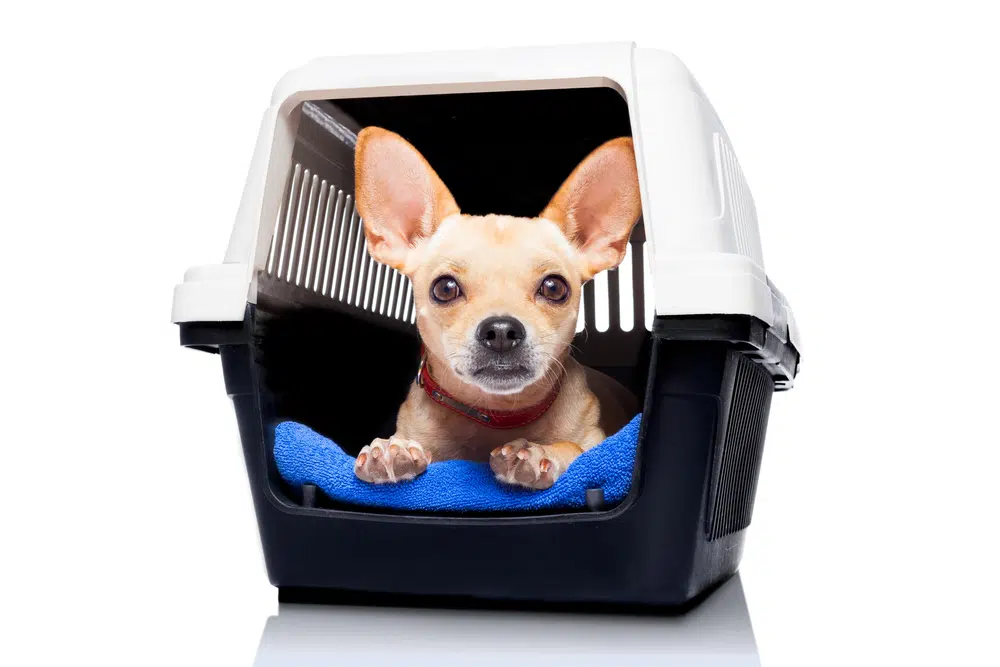


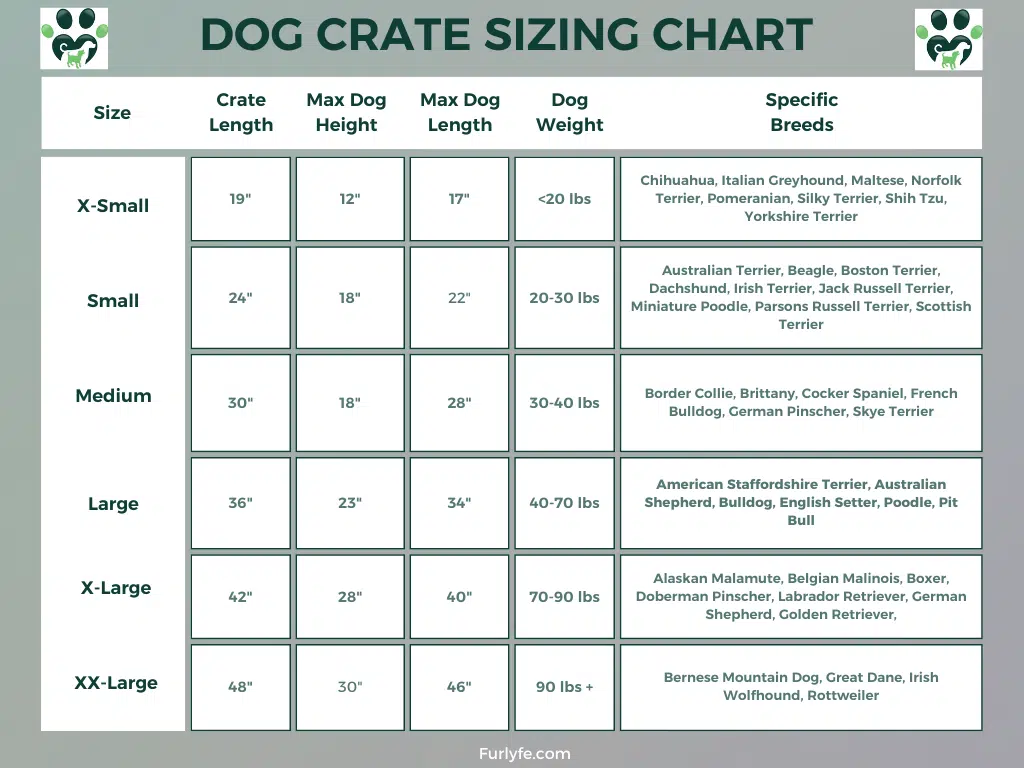
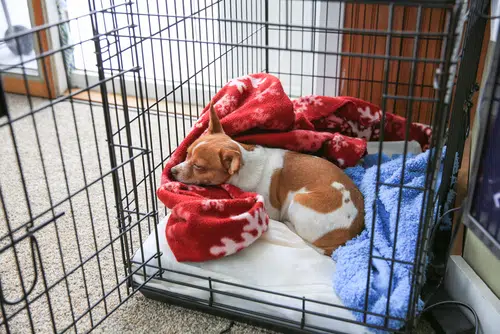

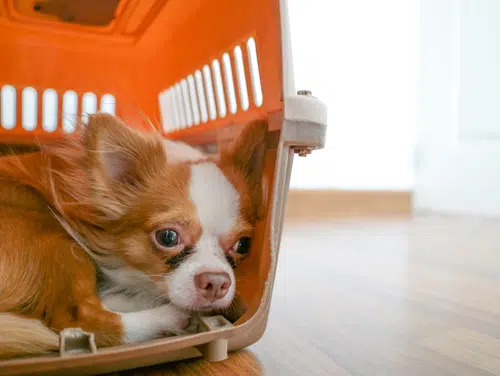


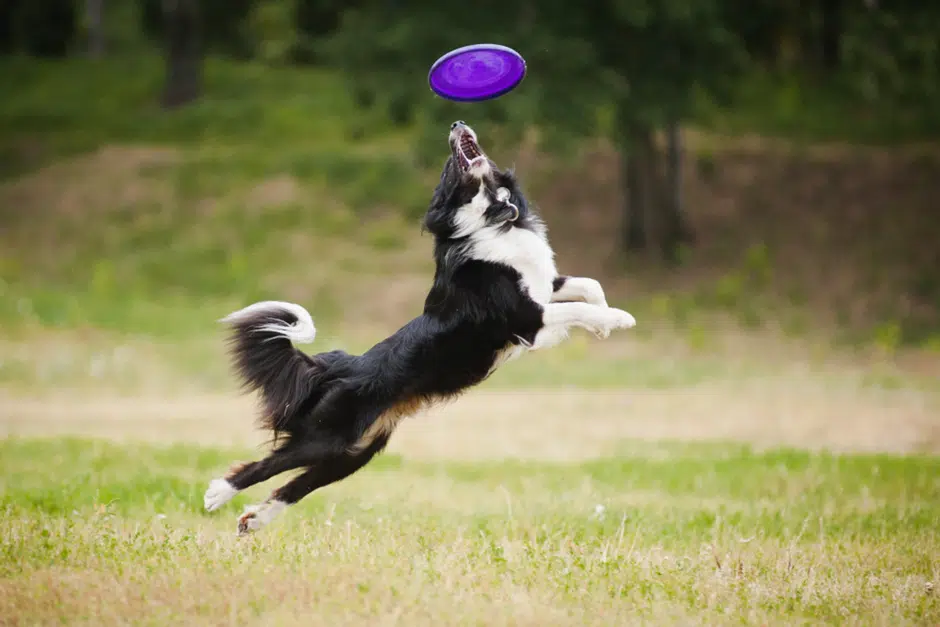




Get involved!
Comments